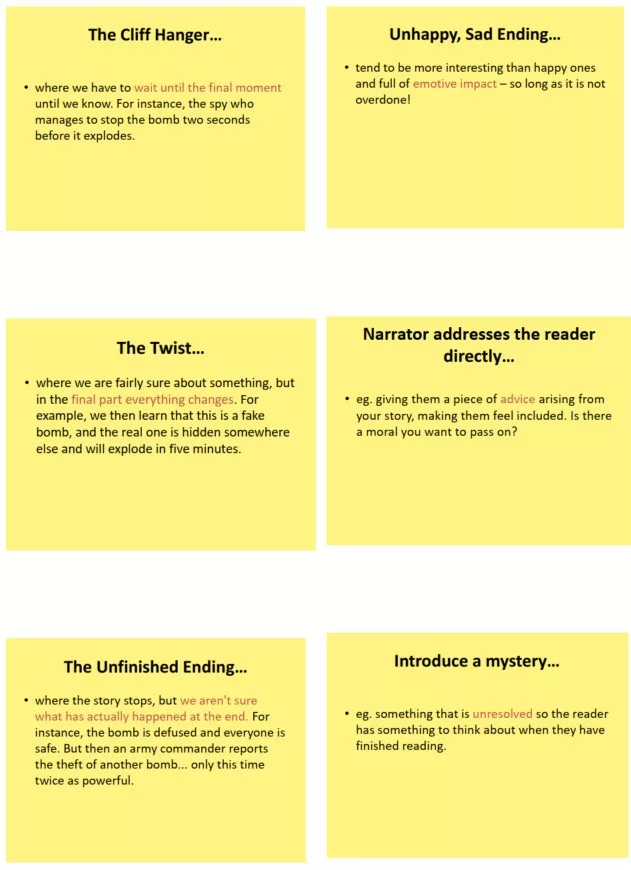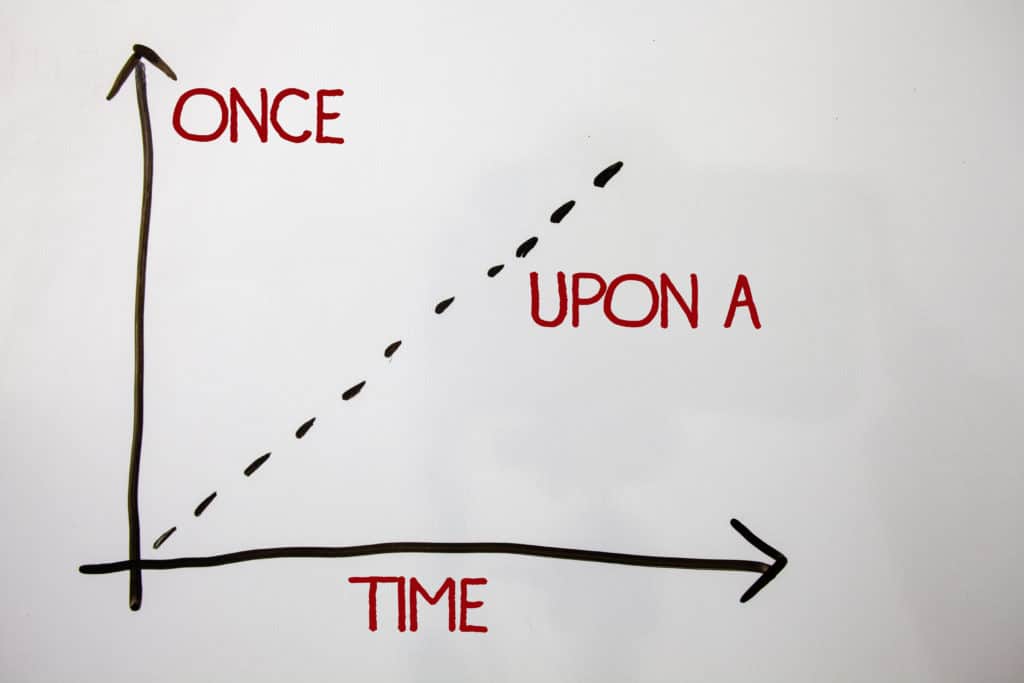Writing fiction can be a rewarding, creative experience for writers of all levels. Whether you’re just beginning to explore the world of fiction writing or an experienced author looking to add more flair to your stories, this guide will provide you with tips, tricks, and strategies on how to write effective fiction in English.
Take Time To Brainstorm Your Story Ideas And Characters
Before forming a basic plot outline or drafting any actual dialogue, it’s of the essence to spend some time brainstorming the ideas and characters that will fuel the narrative. With these fundamental elements of your story curated and fleshed out, you will have a stronger vision for where the story is going, which helps with crafting meaningful dialogue. Ask yourself questions like who are your protagonists and antagonists? What makes them unique? And how do they all relate to each other? Once you have this idea, create a timeline for your character’s evolution throughout the text – this could help generate relevant topics that can be discussed during conversations between characters.

To help bring your characters to life and make their conversations even more realistic, create intricate backstories and backgrounds for them. This should include physical details such as hair colour and height, as well as responsibilities, passions, and areas of knowledge. Knowing all this information about the character will be extremely useful when it comes to constructing dialogue between them – more on this later… On top of this, you should consider the time period you’re writing about – focussing on particular social conventions and expressions can make a story further authentic and more relatable to a larger audience. After doing all your research, you should have an understanding of who each character is and how they fit into the overall story – thus creating stories that read like real interactions and conversations between imaginary people.
Make A Plan! Outline The Structure Of Your Story
There are no set rules when it comes to how your fiction story should be structured. Nevertheless, the way you outline your plot will depend on the type of story you want to tell and the main points that you wish to convey. (Have a quick look at our Failing to Plan is Planning to Fail video):
For example, if you’re telling a short story that needs to be completed in a limited number of words or within an examination time-limit (usually 30-60 mins), your story should be planned using the SCAR technique. SCAR stands for:
- Setting
- Characters
- Action
- Resolution
Brainstorming three or four bullet points for each category is enough to provide a structure that will produce a clear story arc with beginning, middle and end. Below is an example of a SCAR plan, created by an 11-year-old student in just 3 minutes!
SETTING
- Attic at home
- A parallel world
- A military base
CHARACTERS (Main)
- Brother
- Sister
- Mystery character
ACTION
- The siblings investigate their family attic and find a box with light emitting from it.
- They open it, despite the warnings written on it, and are sucked into another dimension.
- They cannot find a way back, so start to explore this strange but familiar world. They find an army base – but in the past because the clothing looks old fashioned.
RESOLUTION
- They find a man they recognise at the base, who takes them to a special research facility.
- The ‘familiar’ stranger places the two kids in a larger box and says:
‘See you in a few years…’
- ENDING – TWIST
They arrive home and are relieved, running to find their dad. They look at him suspiciously and recognise him as the older version of the man from the military base…
Now, that example was converted into an enthralling effort by the student who prepared the plan and wrote a cohesive short story – all within 30 minutes. Writing creatively does not need to be difficult – it just needs a solid plan, a vision for an ending and an idea of how to work towards that ending given the time or length constraints involved.
In light of this, arguably the second most important aspect of storytelling to consider is the ending. A great way to have such a coherent story that ends well is to work out your ending at the start. Choose from the following options:
- The Cliff Hanger
- The Twist (as above)
- The Unhappy/Sad/Unexpected Ending
- Introduce a Mystery
- The Ending Where the Narrator Directly Addresses the Reader – Like a Moral
- The Unfinished Ending

Once you’ve chosen your type of ending, work out what state your characters and antagonists will be at the end and work towards reaching that moment in story-time. I coined the term the ‘Sat Nav Metaphor’ to help understand this: When driving to an unknown destination, you would not likely start driving for 30 minutes and then program your sat nav device, only to discover that you’ve been going in the wrong direction for 30 mins! Nay! You would plot/enter your destination/goal at the very start and work your way efficiently towards that destination.
The destination in storytelling is the resolution and ending. If you do not have a clear idea of where you are going with your story, you are susceptible to going off on tangents and waffling away until the story becomes too complex, doesn’t make sense, or simply cannot be finished with the time or length constraints. Plan ahead, stick to your plan and utilise the metrics of time and word count to ensure you will reach your goal.
If your story is longer and less constrained, perhaps focusing on the life journey of a particular character for example, don’t forget to make a list of all events that could be included in their timeline and consider how they would impact their behaviour or change their views. In addition, you can even draw out a diagram or flowchart now and then to ensure that all parts fit together seamlessly and make sense in the context of the overall narrative.

Once you’re familiar with the storyline and its purpose, you can map out elements more completely, such as plot climaxes and twists. Furthermore, create a strong sense of anticipation by including open-ended questions or unresolved mysteries throughout the course of your story. This helps keep readers interested in continuing to read as they will be encouraged to discover the answers to these queries if the text is much longer. Again, no great story has a poor ending. Make sure to understand what this will be and wrap up your masterpiece effectively. Provide closure for the narrative by connecting everything at the end and reminding readers that there is a resolution after all is said and done. A satisfying conclusion ensures that the reader feels fulfilled even after finishing up your fiction text.
Know Your Character And Topic.
Before you start writing your fiction story, make sure to have a thorough understanding of who your characters are and how they fit with the topic or story arc you want to unfold. Invest time in researching any topics related to your story that you may need more information on, as well as creating vivid descriptions of places, people and events presented in the narrative. This will help to create a believable, engaging atmosphere for readers and make them more invested in the tale being told.
For short stories, utilising the SCAR techniques is sufficient for plot points and logical progression of ideas. For longer stories, it is essential to develop a detailed outline of your characters too. Create backstory and personalities for each character in your fiction text so they are brought to life on the page. When working on the setting, opt for sensory based descriptions – colours, smells, tastes, textures and sounds – that will bring the environment to life. Think of the mood you want to create of your story, whether it is fear, romance or fun and make sure everything in the narrative supports this tone. Finally decide on a point of view – this could be first or third person and present either one single character’s perspective or multiple throughout.
Understand Your Genre And Target Audience.
When it comes to writing fiction, ultimately it is of paramount importance to understand your genre and target audience. Know whom you are writing for and what they’re looking for in terms of content, entertainment value, and other features. This will help you determine the tone and style of your story – whether it should be humorous, serious, light-hearted or dark. Depending on your target readership, you might also want to consider using specific elements from other genres in order to give additional depth or interest to your story.

It is also recommended to read other works in your chosen genre to get a better understanding of the style and conventions of the genre. This will help you create characters, settings, and stories that are characteristic of the style. Fiction writing requires strong vocabulary ability. You must use words and figurative devices that are lively and accurately describe sounds, smells, feelings, and textures as this will help engage readers with rich imagery. Similes, metaphor, personification, hyperbole, and irony are key features not to be ignored. Additionally, pay close attention when crafting dialogue between characters – make it believable by writing how they would realistically converse with one another rather than forcing unnatural conversations.
Make Use Of Dialogue To Advance The Storyline. But Not Too Much!
We just stated how important it is to craft natural-sounding dialogue (monologue and the internal thoughts of a character are also massively useful regarding what follows): Characters are evaluated by the reader in three ways: How they are described, what they say, and what they do. Appearances can be deceiving, so a character is generally judged more by what they say compared to their actions. This is why solid dialogue is so important. The dialogue between characters in a story can also be used as an effective tool to communicate theme and provide deeper insights.
Moreover, it can serve as an essential storytelling tool to move the plot forward by showing character interactions, developing relationships, and revealing conflicts. However, be careful with the amount of dialogue you employ – too much speech and your story could become meandering and lose its punch! Balance out conversations against other narrative elements like descriptive scenes and expositions, so that readers gain more intricate knowledge of what’s happening in parallel with the character exchanges.

Structuring dialogue isn’t straightforward, so here are some tips to keep in mind: Use short sentences instead of long ones – unless the character is particularly verbose by nature. Pay attention to the tone of voice and attitude of your characters when they’re speaking by incorporating nuances such as sarcasm, humour, or hesitation. Include non-verbal elements like facial expressions, body language and gestures – these add depth, colour and tone to the conversation and the character’s personality. Lastly, end each exchange with a hook that will make readers look forward to the next encounter between them. When done right, characters come alive on the page and give writing life.
Look out for part two of this series where we delve deeper into the intricacies of writing techniques and highlight mnemonics to help you structure your texts better and create imagery to blow the mind of your readers. Also check out our YouTube video 5 Steps to Help your Child with Writing:
At Online Super Tutors, we offer tutoring services for both adults and kids in a variety of subjects: Whether you’re looking to improve your writing skills, enhance your grades, prepare for a standardized test, or simply want to learn something new, super tutoring can help. So why wait? Get in touch with us today and start your journey towards academic success!
Please see our Google reviews below as an example of what our clients feel about us:






